Invoke javax.swing.Timer#start() same time,
7u25 is not problem.


but 7u40 is big problem.


Too laggy invoke ActionListener#actionPerformed. (basically same time invoke u25)
Totally different move between u25 and u40. (I use Windows 8) I bug report but still not add bug tracking system. Oracle crushing swing apps?
import java.awt.*;
import java.awt.event.*;
import javax.swing.*;
public class TimerProblem extends JComponent {
int red = 0;
TimerProblem(final long startMs) {
setPreferredSize(new Dimension(10, 10));
Timer t = new Timer(16, new ActionListener() {
@Override
public void actionPerformed(ActionEvent e) {
red = (int)(System.currentTimeMillis() - startMs) % 255;
repaint();
}
});
t.setInitialDelay(1000);
t.start();
}
@Override
protected void paintComponent(Graphics g) {
g.setColor(new Color(red, 255 - red, 0));
g.fillRect(0, 0, getWidth(), getHeight());
}
public static void main(String[] args) {
JFrame f = new JFrame();
Container c = f.getContentPane();
c.setLayout(new GridLayout(10, 10));
long startMs = System.currentTimeMillis();
for (int i = 0; i < 100; i++) {
c.add(new TimerProblem(startMs));
}
f.pack();
f.setVisible(true);
}
}
